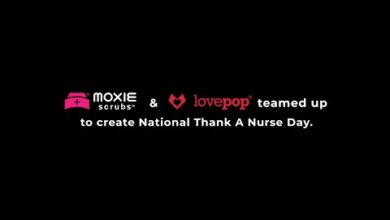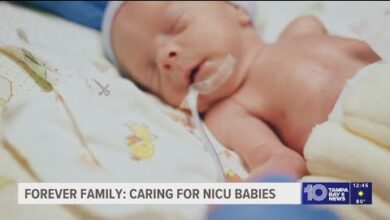Aging Nurses Increase Shortage | PRN Nurse App Solution

It’s not uncommon to hear talk about the aging baby boomer population in our field, because that fact has had a pretty big impact on nursing by increasing the number of nursing jobs and nurses’ assistant jobs in the industry. However, that fact is more than just a problem and solution equation, i.e. more work equals more nurses. It’s more of a butterfly effect that will continue to have ripples over the years to come.
Some Projections and Data to Consider
In 2010, the U.S. Census Bureau released a report providing estimates of the population and projections specific to this topic. “The Next Four Decades the Older Population in the United States: 2010 to 2050” gives an in-depth analysis of this shift through time, complete with visual charts, and it’s interesting, to say the least.
By 2030, it projects 20% of the population to be 65 years or older, which means that every nurse of the baby boomer generation will have already retired or been ready for retirement by that year. Moreover, “the number of people in the oldest- old age group is projected to grow from 5.8 million in 2010 to 8.7 million in 2030”, oldest-old age group is defined as persons of 85 years and older.
In 2020, the Missouri State Board of Nursing released a nursing workforce report that indicated over one-third of nurses in the state are 55 years or older, with the fraction increasing to over one-half in more rural areas.
Similarly, in 2018, the Illinois Nursing Workforce Center published survey results that indicated 27% of registered nurses in the state have plans to retire in one to five years. South in Texas, in 2015 a report was released by the Texas Center for Nursing Workforce Studies that states 39.8% of registered nurses were over the age of 50. In truth, we could list reports from most states in the country with reports and surveys following the same topic and concern, but the point has been made.
The experienced nurses are leaving or preparing to leave the field, while others of their generation are reaching the age that may require more medical care. It’s a fact that the generations that followed the baby boomers are smaller, so it’s not an automatic answer that when experienced nurses retire, newer nurses will fill their positions.
Many facilities and educational institutions are facing struggles with nursing shortages and it seems in the next few decades there will be no fast fix-all. However, that is where PRN nursing with NursaTM comes in to be a workable solution for both the population and nurses.
NursaTM for Retired, Retiring, or Aging Nurses
Our smartphone app makes it easy for registered nurses, licensed practical nurses, and certified nursing assistants (RNs, LPNs, and CNAs) to work per diem shifts at facilities near their homes. We’re an effective solution for facilities that need medical staff to fill vacancies and be able to continue providing adequate care.
Our clinicians don’t work on a contract or a set number of shifts or hours per week. Instead, they work when they want and where they want. That makes us an appealing option to retired or retiring nurses.
For nurses who have retired but want a way to keep their eye on the industry and contribute in a way that suits their emotional and physical needs without impugning upon them a requirement for multiple shifts in a unit they don’t want to be in, we are a great alternative to regular full-time employment. As long as their licenses are still valid, retired nurses can join the pool of skilled medical professionals on NursaTM. They can create their own professional digital profile and browse the hundreds of nursing PRN shifts available near them to select which (if any) suits them and apply directly within the app.
This serves to maintain experienced nurses in the industry to an extent so as to help offset a mass exodus of talent and skill from the profession while providing healthcare institutions countless possibilities to benefit from the experience and skill of retired nurses in and near their communities.
NursaTM Staffing Solution for Facilities
We’re also a solution for the hospitals and facilities that are struggling to fill employment gaps and vacancies shift to shift. It’s free for medical facilities of all types to create and post a need for PRN staff with NursaTM. Our thousands of clinicians nationwide can view available PRN shifts near them in real-time, meaning even late notice shift needs can be filled by a nurse nearby. We’re free for our RNs, LPNs, and CNAs to download as well, so the number of medical professionals who can view and apply to fill your shift PRN is limitless.
There’s a lot of emphasis written about recruitment and retention of nurses for facilities to focus on. Those two points certainly have merit; nurses are hard workers and often receive little thanks or appreciation. Therefore, it is especially important facilities evaluate their recruitment and staffing policies for their nurses. Unfortunately, improving recruitment and retention numbers alone isn’t enough. What is also troubling is the issues our nursing schools have been having.
The American Association of Colleges of Nursing in 2014 released to the press that more than 53,000 qualified entry-level nursing applicants were denied due to an inability to accommodate the numbers. Therefore, while recruitment and retention is an important building block of the house of the nursing industry, efforts towards expanding educational institutions’ ability to accommodate more nursing students is certainly an integral part of the foundation as well.







